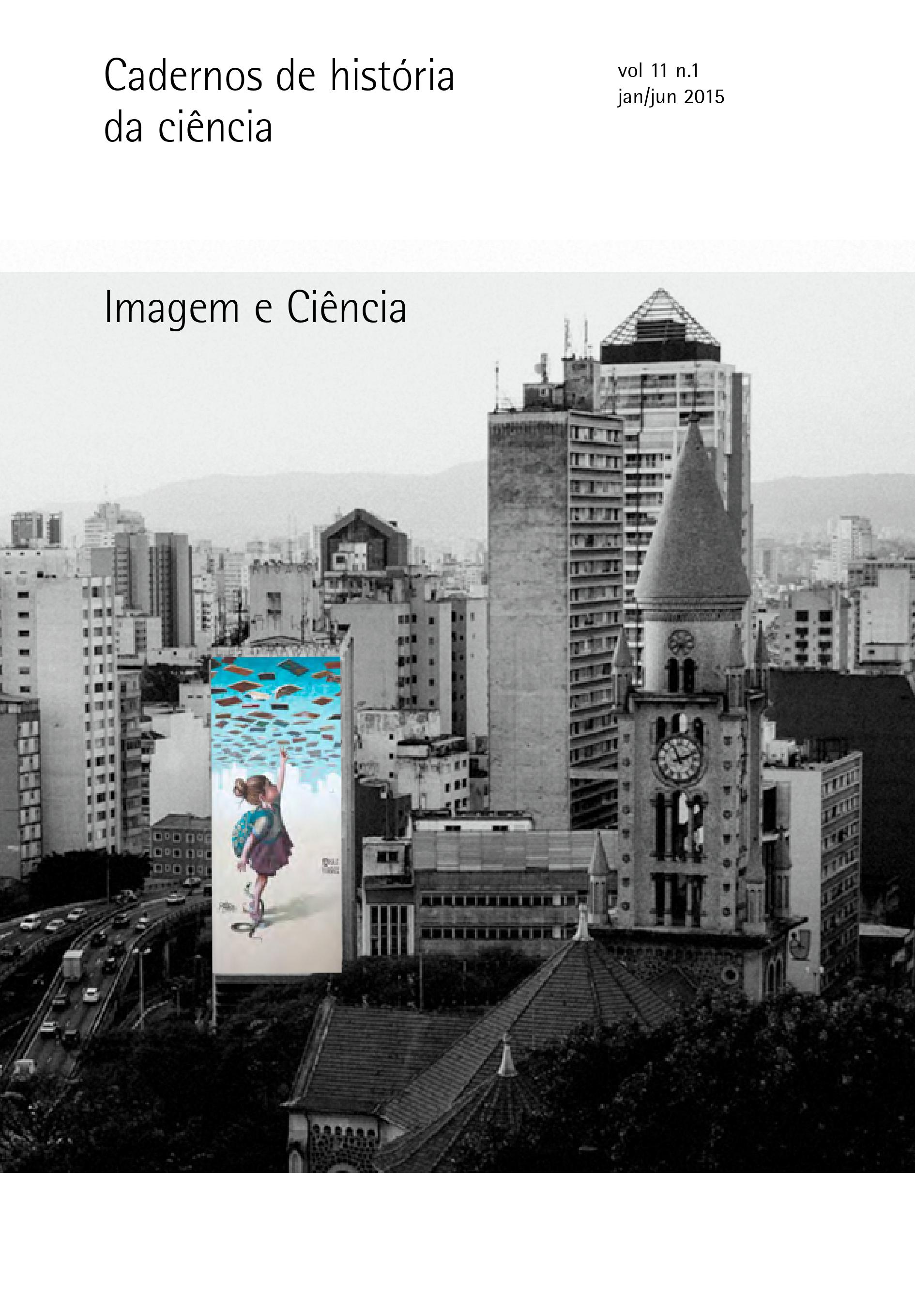Abstract
Drawings, watercolors, copper engravings and etching can form extremely refined filigree constructions, arriving to the elaboration of a non-material mind, but which also allow the most direct possiblereproduction of the objects. This double visual position inspired three researchers of the 17th century, which were successful in view of the surface of the Moon (Galileo Galilei), the domain of the State (Thomas Hobbes) and the microscopic world (Robert Hooke). At least in these stellar explorers, the politician and the microbial separation between “thought and contemplation” dissolves in an intense symbiotic relationship.
References
Actes du XIIº Congrès International d´Histoire des Sciences, Paris 1968. Paris 1971. Vol. III B, p. 122-126.
Edgerton Jr. Samuel Y. Galileo, Florentine “disegno,” and the “strange spottednesse” of the moon. Art Journal, v. 44, n. 3, p. 225-232, 1984.
Grünbein D. Galilei vermißt Dantes Hölle und bleibt an den Maßen hängen. Frankfurt a. M. 1996.
Shea WR. Galileo Galilei: An Astronomer at Work. In: Nature, Experiment and the Sciences.
Essay on Galileo and the History of Science in Honoror of Stillman Drake. Trevor H. Levere e William R. Shea (orgs.). Dordrecht/Boston/London 1990, p. 51-76.
Whitaker EA. Galileo’s Lunar Observations and the Dating of the Composition of “Siderius Nuncius”. In: Journal of the History of Astronomy, v.9, 1978, p. 155-169.
___________. Selenography in the seventeenth Century. In: The General History of Astronomy. Hoskin M (org.), Cambridge. v.2, p. 119-143.
Edgerton Jr. Samuel Y. Galileo, Florentine “disegno,” and the “strange spottednesse” of the moon. Art Journal, v. 44, n. 3, p. 225-232, 1984.
Grünbein D. Galilei vermißt Dantes Hölle und bleibt an den Maßen hängen. Frankfurt a. M. 1996.
Shea WR. Galileo Galilei: An Astronomer at Work. In: Nature, Experiment and the Sciences.
Essay on Galileo and the History of Science in Honoror of Stillman Drake. Trevor H. Levere e William R. Shea (orgs.). Dordrecht/Boston/London 1990, p. 51-76.
Whitaker EA. Galileo’s Lunar Observations and the Dating of the Composition of “Siderius Nuncius”. In: Journal of the History of Astronomy, v.9, 1978, p. 155-169.
___________. Selenography in the seventeenth Century. In: The General History of Astronomy. Hoskin M (org.), Cambridge. v.2, p. 119-143.
Downloads
Download data is not yet available.
Metrics
Metrics Loading ...
